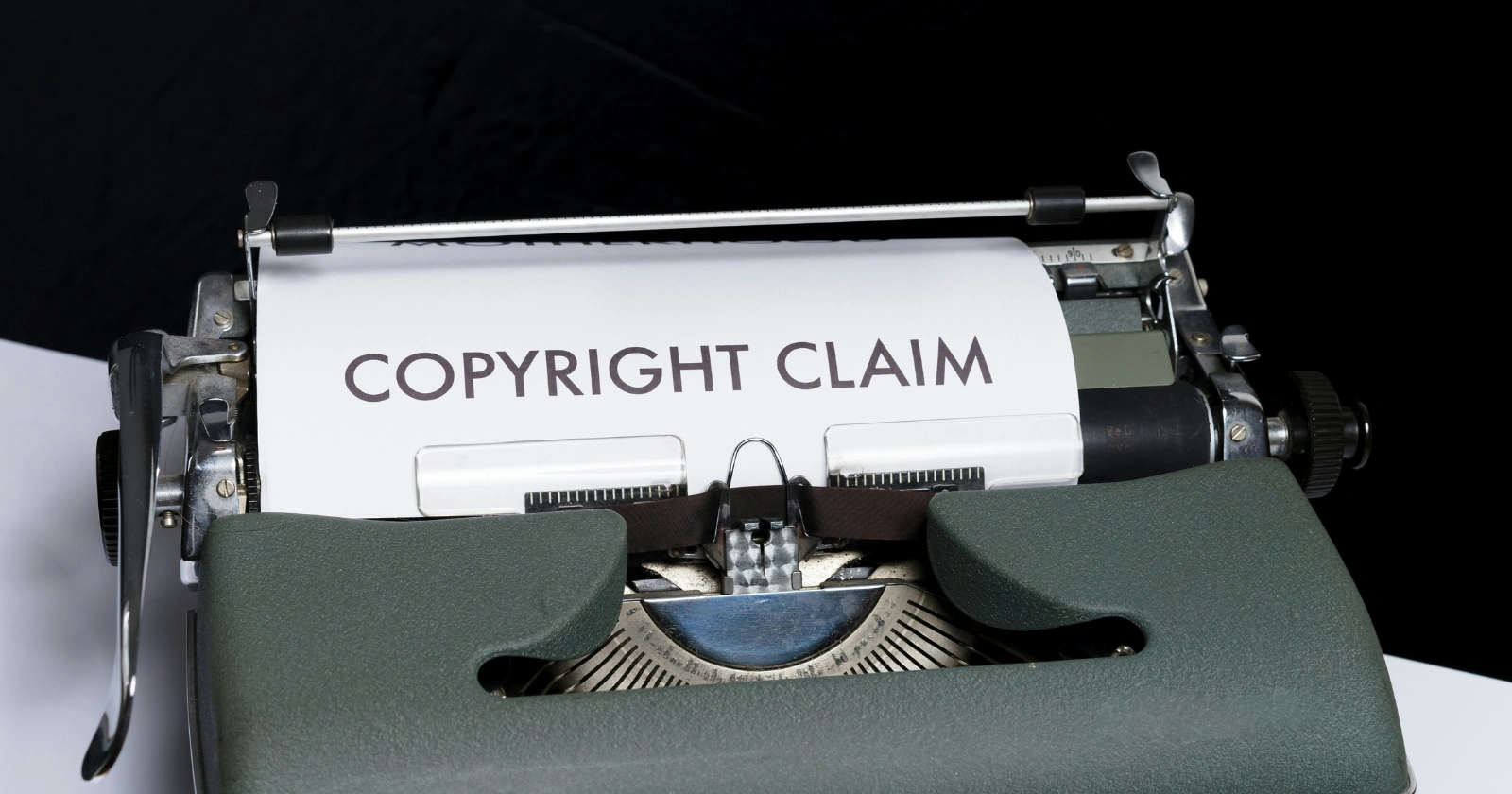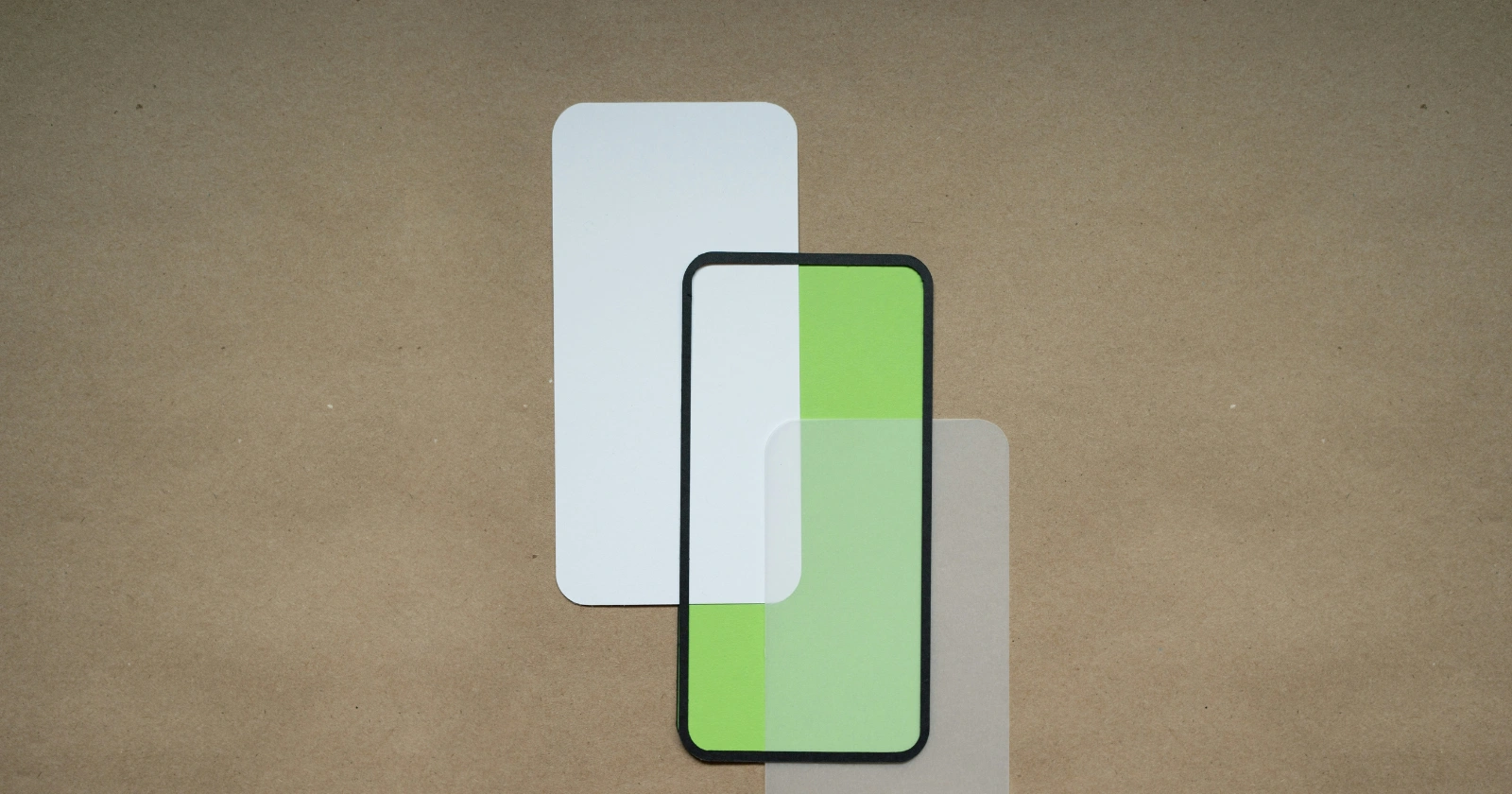In an era where artificial intelligence shapes much of the content consumed daily, from academic papers to blog posts, ensuring originality has become a critical challenge. The rise of sophisticated AI models capable of generating human-like text has sparked a parallel demand for tools that can detect such content with precision.
These tools are not just about catching plagiarism; they are about safeguarding authenticity, fostering creativity, and maintaining trust in digital communication. As AI continues to evolve, so do the technologies designed to keep it in check, offering solutions for educators, content creators, and businesses alike.
The stakes are high in 2025. Misuse of AI-generated content can undermine academic integrity, dilute brand credibility, or even lead to legal repercussions in professional settings. Fortunately, AI plagiarism detectors have emerged as powerful allies, leveraging advanced algorithms to distinguish between human-crafted and machine-generated text. These tools vary in their approach, accuracy, and features, making it essential to understand their strengths to choose the right one for specific needs.
Why AI Plagiarism Detection Matters
The proliferation of AI writing tools has transformed content creation, making it faster and more accessible. However, this ease comes with a downside: the potential for unoriginal or AI-generated content to pass as human work. AI plagiarism detectors address this by analyzing text for patterns indicative of machine generation, such as predictable sentence structures or overuse of certain phrases. These tools are vital for maintaining academic integrity, ensuring content authenticity in publishing, and protecting intellectual property in professional environments.
Beyond detection, these tools offer features like integrations with learning management systems, real-time feedback, and multilingual support, catering to diverse user needs. Understanding their capabilities helps users select the best tool for their context, whether it’s a teacher checking student essays or a marketer verifying blog posts.
Top 10 AI Plagiarism Detectors for 2025
1. GPTZero: Precision for Educators
GPTZero stands out for its high accuracy, boasting over 99% detection rates in identifying AI-generated text. Designed with educators in mind, it offers sentence-by-sentence analysis, explaining why specific text is flagged. Its seven-layer detection model evaluates perplexity and burstiness, ensuring robust performance across various AI models like ChatGPT, Gemini, and Claude. A free plan allows up to 10,000 words monthly, with premium options starting at $15/month for advanced features like API access and LMS integrations.
2. Originality.ai: Powerhouse for Professionals
Tailored for content marketers and businesses, Originality.ai excels with batch scanning, API access, and team collaboration features. It achieves an impressive 85% accuracy rate, particularly resistant to paraphrasing tricks, making it ideal for large-scale content workflows. Priced at $0.01 per 100 words or $14.95/month, it’s a cost-effective choice for publishers ensuring SEO-friendly, original content.
3. Copyleaks: Multilingual Mastery
Copyleaks is a favorite for enterprises and universities due to its robust multilingual support and seamless LMS integrations. It delivers near-perfect accuracy (up to 100% in some studies) and a low false positive rate, making it reliable for detecting paraphrased AI content. With a free trial offering five scans and premium plans starting at $9.99/month for 250 credits, it’s accessible for both individual and institutional users.
4. Winston AI: Real-Time Reliability
Winston AI offers real-time originality rankings and a user-friendly dashboard, achieving 71% overall accuracy with strong performance on GPT-4 text. Its integrations with Google Classroom and WordPress, plus OCR capabilities for scanning handwritten documents, make it versatile. Plans start at $12/month for 80,000 words, with a 14-day free trial for testing.
5. Turnitin: Academic Gold Standard
A cornerstone in academic settings, Turnitin’s AI detector is renowned for its near-perfect accuracy (99-100%) and low false positive rate (around 1%). Integrated into its plagiarism-checking platform, it’s ideal for universities ensuring proper citation and originality. Accessible only through institutional licenses, it’s a premium solution for educators.
6. Smodin: Student-Friendly Versatility
Smodin caters to students with its all-in-one platform for rewriting, summarizing, and AI detection. It scores well (around 70% accuracy on ChatGPT content) and offers a limited free plan with five weekly uses. Premium plans start at $12/month, making it an affordable choice for students and freelance writers seeking to enhance their work.
7. Sapling: Accuracy Leader
Sapling leads with near-perfect accuracy, regularly updated to detect emerging AI models like DeepSeek. Its intuitive interface and Chrome extension make it easy to use, while features like public link creation for result sharing add value. The free plan supports 2,000 characters, with premium plans at $25/month for 100,000 characters.
8. ZeroGPT: Free and Accessible
ZeroGPT shines as a freemium option, allowing up to 15,000 characters per scan without registration. It offers above-average accuracy (around 74% for ChatGPT text) and supports messaging bots for quick checks via WhatsApp or Telegram. Premium plans start at $10/month, making it a budget-friendly choice for casual users.
9. Binoculars AI: Open-Source Excellence
Binoculars AI combines perplexity-based analysis with token distribution modeling, achieving 79% accuracy and a near-zero false positive rate. While its coding setup limits accessibility for non-technical users, it’s a top pick for educational research. Available for free, it’s ideal for those comfortable with technical implementation.
10. QuillBot: Beyond Detection
Known for paraphrasing, QuillBot also includes an AI detection feature that helps students refine their writing while ensuring originality. It offers solid performance (around 70% accuracy) and is available in free and paid versions, with premium plans starting at $9.99/month. Its user-friendly interface makes it a go-to for students.
Comparison of Top AI Plagiarism Detectors
| Detector | Accuracy | False Positives | Key Features | Pricing | Best For |
|---|---|---|---|---|---|
| GPTZero | 99%+ | Very Low (~0%) | Sentence analysis, LMS integrations | Free (10,000 words), $15/month | Educators, Students |
| Originality.ai | 85% | Moderate (~1-5%) | Batch scanning, API access | $0.01/100 words, $14.95/month | Content Marketers, Businesses |
| Copyleaks | 80-100% | Very Low (~0%) | Multilingual, LMS integrations | Free (5 scans), $9.99/month | Enterprises, Universities |
| Winston AI | 71% | Moderate (~1%) | Real-time rankings, OCR | $12/month (80,000 words) | Publishers, Educators |
| Turnitin | 99-100% | Very Low (~1%) | Institutional integration | Institution-only | Universities |
| Smodin برگردان به فارسی | 70% | Moderate (~5%) | Rewriting, summarizing | Free (5 uses), $12/month | Students, Freelancers |
| Sapling | Near-Perfect | Low (~1%) | Chrome extension, public link sharing | Free (2,000 chars), $25/month | Professionals, Writers |
| ZeroGPT | 74% | Moderate (~5%) | Messaging bots, multi-language | Free (15,000 chars), $10/month | Casual Users |
| Binoculars AI | 79% | Very Low (~0%) | Open-source, token modeling | Free (coding setup) | Researchers |
| QuillBot | 70% | Moderate (~5%) | Paraphrasing, grammar checks | Free, $9.99/month | Students |
Key Factors to Consider When Choosing a Detector
Accuracy and Reliability
Accuracy is paramount when selecting an AI plagiarism detector. Tools like Sapling and Turnitin lead with near-perfect detection rates, while others like Winston AI may struggle with certain AI models. Independent studies, such as the RAID benchmark, highlight tools like Originality.ai for their robustness against paraphrasing.
Feature Set
Consider specific needs: batch scanning for large teams (Originality.ai), multilingual support for global users (Copyleaks), or LMS integrations for educators (Turnitin). Features like Chrome extensions (Sapling, GPTZero) or real-time feedback (Winston AI) enhance usability.
Use Case Alignment
Different tools suit different users. Educators benefit from Turnitin or GPTZero, while content marketers prefer Originality.ai for its workflow integrations. Students may find Smodin or QuillBot more accessible due to their affordability and writing aids.
False Positives and Negatives
False positives can harm reputations, particularly in academia, making low rates critical (GPTZero, Copyleaks). False negatives, where AI content goes undetected, are also a concern, especially with evolving models. Tools like Sapling and Originality.ai excel in minimizing both.
Challenges in AI Plagiarism Detection
Despite their advancements, AI detectors face limitations. False positives can unfairly flag human-written text, especially from non-native English speakers, while false negatives may miss cleverly paraphrased AI content. Adversarial techniques, like homoglyphs or random spacing, can fool some detectors. Additionally, as AI models evolve, detectors must continuously update to stay effective, creating a cat-and-mouse dynamic.
Future of AI Plagiarism Detection
The landscape of AI plagiarism detection is set to evolve rapidly in 2025 and beyond. Emerging trends include improved adversarial robustness, better handling of mixed human-AI content, and enhanced bias mitigation for non-native writers. Tools are also likely to integrate more seamlessly with content creation platforms, offering real-time detection as users write.
Closing Thoughts
In a world increasingly shaped by AI, maintaining the authenticity of written content is more crucial than ever. The top 10 AI plagiarism detectors of 2025 offer powerful solutions to ensure originality, from GPTZero’s precision for educators to Originality.ai’s scalability for businesses. Each tool brings unique strengths, catering to diverse needs across academia, publishing, and beyond. By understanding their capabilities and limitations, users can make informed choices to uphold integrity and creativity.
The journey to combat AI-generated plagiarism is ongoing, with detectors evolving alongside the very technologies they seek to monitor. As these tools become more sophisticated, they promise not only to detect but also to enhance the creative process, fostering a culture of originality. Embracing these solutions means embracing a future where trust in content remains unshaken, empowering creators to shine in an AI-driven world.
FAQs
- What is an AI plagiarism detector?
An AI plagiarism detector is a tool that identifies AI-generated or plagiarized content by analyzing text patterns, such as perplexity and burstiness, to distinguish between human and machine-written text. - How accurate are AI plagiarism detectors?
Accuracy varies, with top tools like Sapling and Turnitin achieving near-perfect rates (99%+), while others range from 70-85%, depending on the AI model and text type. - Can AI detectors be fooled?
Yes, techniques like paraphrasing, homoglyphs, or random spacing can evade detection, though tools like Originality.ai and GPTZero are more resistant to such tactics. - Which detector is best for educators?
Turnitin and GPTZero are top choices for educators due to their high accuracy, low false positives, and LMS integrations. - Are there free AI plagiarism detectors?
Yes, ZeroGPT and Binoculars AI offer free options, while GPTZero and Copyleaks provide limited free plans suitable for casual use. - How do detectors handle multilingual content?
Copyleaks excels in multilingual support, accurately detecting AI content across various languages, making it ideal for global users. - What features should businesses look for?
Businesses should prioritize batch scanning, API access, and team features, as offered by Originality.ai and Winston AI. - Do AI detectors flag non-native English writing as AI?
Some detectors may misflag non-native writing due to simpler structures, but tools like Copyleaks and Turnitin are designed to minimize this bias. - Can students use these tools to improve their writing?
Yes, tools like Smodin and QuillBot offer rewriting and grammar suggestions alongside detection, helping students refine their work. - What’s the future of AI plagiarism detection?
Future detectors will likely improve adversarial robustness, handle mixed human-AI content better, and integrate seamlessly with content creation platforms.



